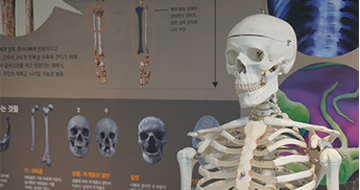Coronavirus Disease 2019 (Covid-19): A Clinical Guide
Ali Gholamrezanezhad
237,600 225,800won
CORONAVIRUS DISEASE 2019 (COVID-19)
Provides comprehensive coverage of all key aspects of COVID-19, including: etiology, diagnosis, symptomatology, management, and treatment
Coronavirus Disease 2019 (COVID-19): A Clinical Guide provides healthcare professionals at all levels with up-to-date knowledge about the clinical, epidemiological, genomic, virological, and radiologic features of COVID-19. Consolidating multiple systematic reviews and meta-analyses into a single volume, this comprehensive textbook also addresses health policies, mass casualty planning, healthcare worker safety, economic impact, lessons for future outbreaks, and other para-clinical and social aspects of the COVID-19 pandemic.
The text presents a thorough summary and critical analysis of COVID-19 based on an exhaustive review of recently published literature and data. Topics include the virologic characteristics of SARS-CoV-2, pulmonary and extrapulmonary manifestations and consequences of COVID-19, prevention and transmission control, the pandemic’s indirect impact to the care and management of other diseases, passive immunotherapy and its implications, diagnostic and treatment approaches for critically ill patients, and more. Edited by leading practitioners at the forefront of COVID-19 research, this invaluable resource:
Integrates clinical, radiological, and epidemiological data and discussion of prevention, diagnosis, and treatment
Reviews the epidemiology, mechanisms of action, manifestations, and management of cardiovascular, neurological, and pulmonary diseases associated with COVID-19
Covers diagnostic technologies, includes radiologic imaging, and RT-PCR testing
Explores therapeutic approaches for managing a variety of complications
Discusses post-vaccination symptom management and implications of immunization
Addresses COVID-19 in pediatrics, in cancer patients, and in patients with lung disease, diabetes, hypertension, obesity, and other underlying conditions
Coronavirus Disease 2019 (COVID-19): A Clinical Guide is an indispensable source of information for all clinicians, researchers, epidemiologists, nurses, radiologists, and healthcare managers working to address any aspect of the COVID-19 pandemic.










































